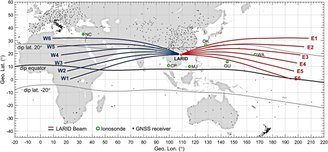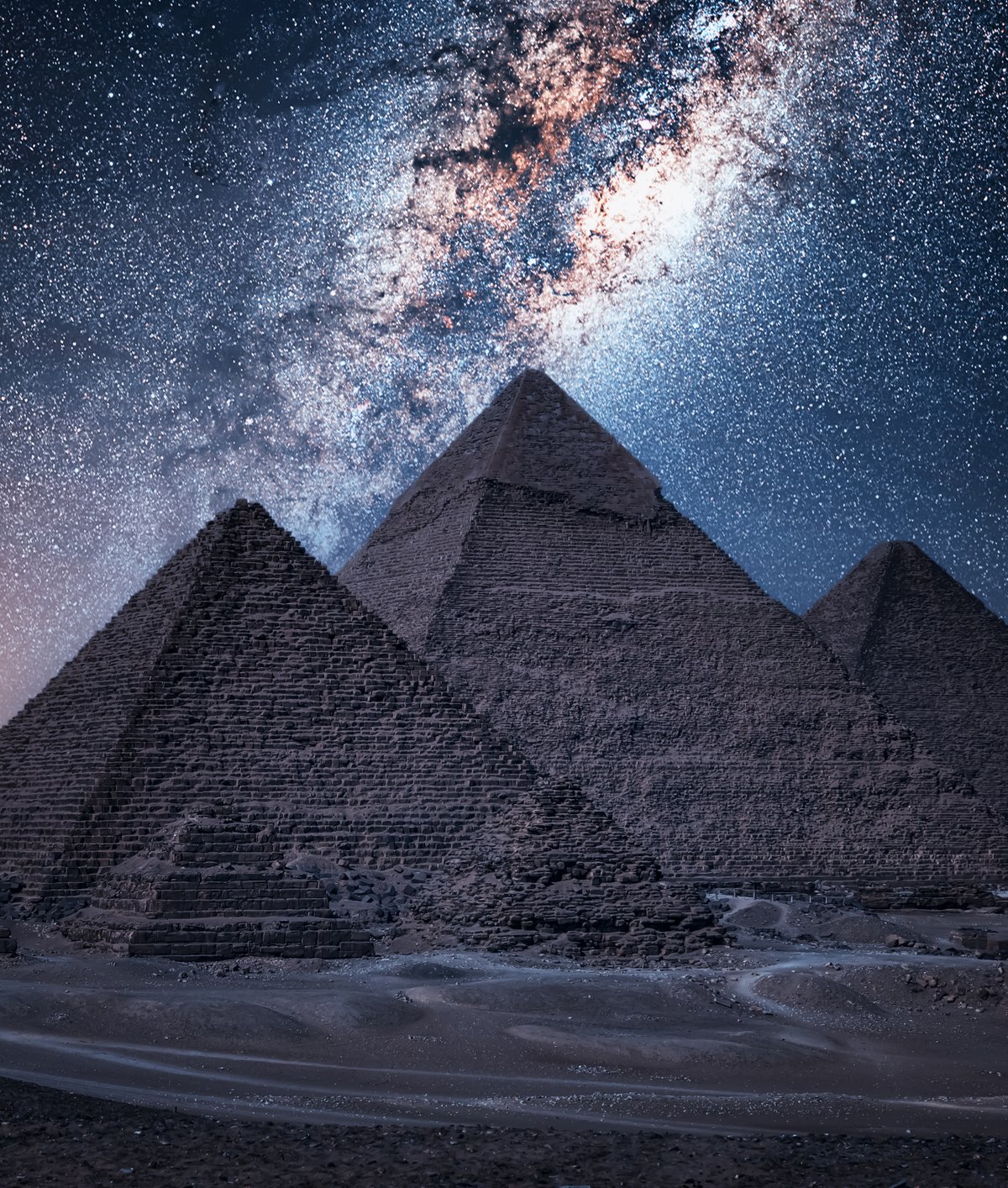The news of the detection of a giant equatorial plasma bubble (EPB) above the Giza pyramid in Egypt would go unnoticed in the media except for one detail: The detection was made from Earth, not from space as is normally the case. and by Chinese ionospheric radar located more than 8 thousand kilometers away, On Hainan Island in the South China Sea.
The study, which builds on this achievement and was published in the journal Geophysical Research Letters, marks the first time that a low-latitude radar, in this case the Low Latitude Long Range Ionospheric Radar (abbreviated as LARID in English), has been used. can track global EPBs in real time.
Plasma bubbles are regions of the Earth’s ionosphere that form at low latitudes due to the separation between areas of different density. Thus, when a denser layer of plasma overlaps a less dense layer, it creates these hollow structures that can grow hundreds of kilometers and interfere with GPS signals and satellite communications.
Observing plasma bubbles in real time
With the construction of LARID last year, China became the first country in the world to detect plasma bubbles on radar. While radars have difficulty searching for targets below the Earth’s horizon due to the planet’s curvature, LARID overcomes this limitation by emitting high-power electromagnetic waves that reflect between the ionosphere and the ground, extending its range.
The article describes the simultaneous detection of EPBs after sunset and sunrise, observed by LARID with ports with a range of up to 9.5 thousand km during the geomagnetic storm that occurred from November 4 to 6, 2023, according to the study. This made it possible to observe simultaneously as far as Hawaii in the east and Libya in the west.
When energetic particles from a solar storm reach Earth, they interact with the magnetic field, particularly in the equatorial region. Where the plasma density is highest, this causes EPBs, observed to move in real time for the first time.
What is the significance of observing EPBs over the Giza pyramids?

In the conclusion of the paper, the authors argue: “The results provide important information on the establishment of an OTH radar network [over-the-horizon] Future low latitude radar consisting of three to four OTH radars capable of capturing global EPBs in real time.
Like climate, EPBs vary from season to season but are affected by solar activity. Therefore, being able to predict them in terms of location, size and time could be fundamental to reducing potential disruptions to satellites.
Did you like the content? So, stay up to date with more topics like this on TecMundo and take the opportunity to learn how to explore Egyptian tombs in 3D without leaving home.
Source: Tec Mundo
I’m Blaine Morgan, an experienced journalist and writer with over 8 years of experience in the tech industry. My expertise lies in writing about technology news and trends, covering everything from cutting-edge gadgets to emerging software developments. I’ve written for several leading publications including Gadget Onus where I am an author.













